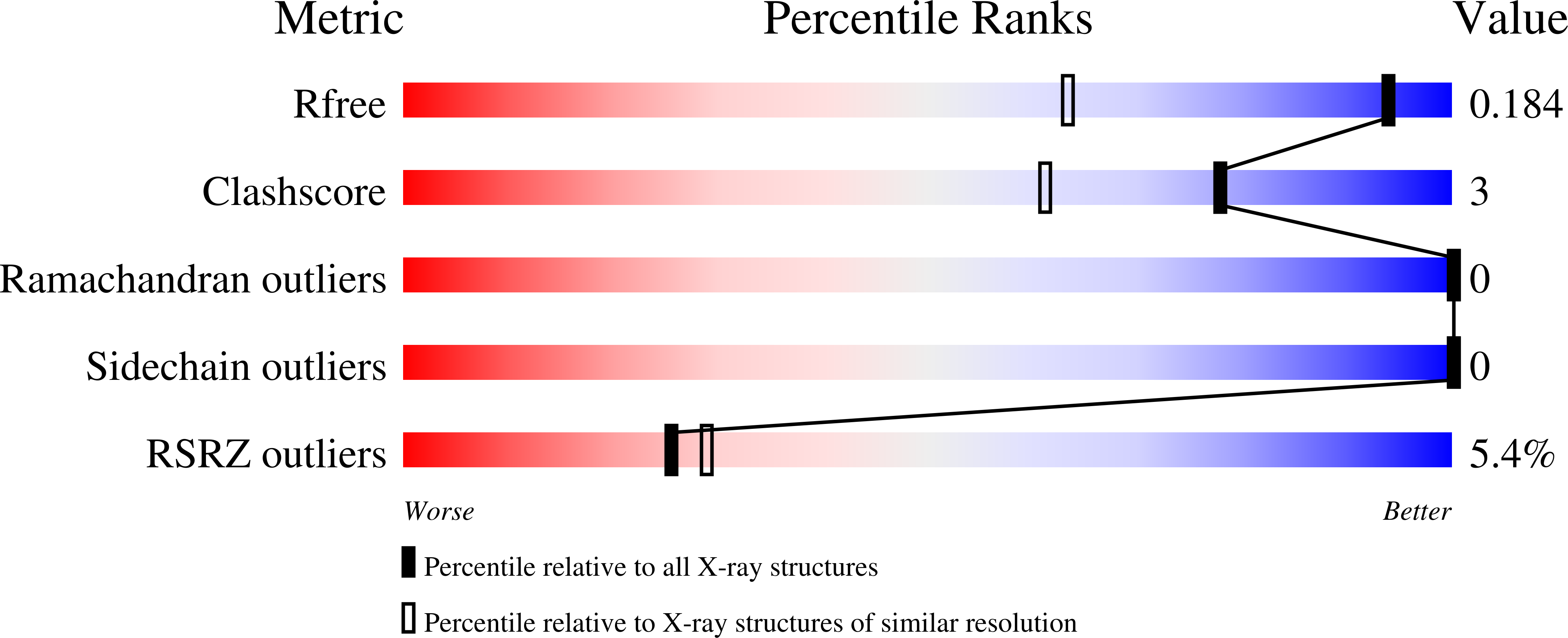
Deposition Date
2022-07-18
Release Date
2023-04-26
Last Version Date
2024-10-23
Entry Detail
PDB ID:
8AFN
Keywords:
Title:
Small molecule stabilizer (compound 1) for ERalpha and 14-3-3
Biological Source:
Source Organism:
Homo sapiens (Taxon ID: 9606)
Host Organism:
Method Details:
Experimental Method:
Resolution:
1.36 Å
R-Value Free:
0.18
R-Value Work:
0.17
R-Value Observed:
0.17
Space Group:
C 2 2 21


